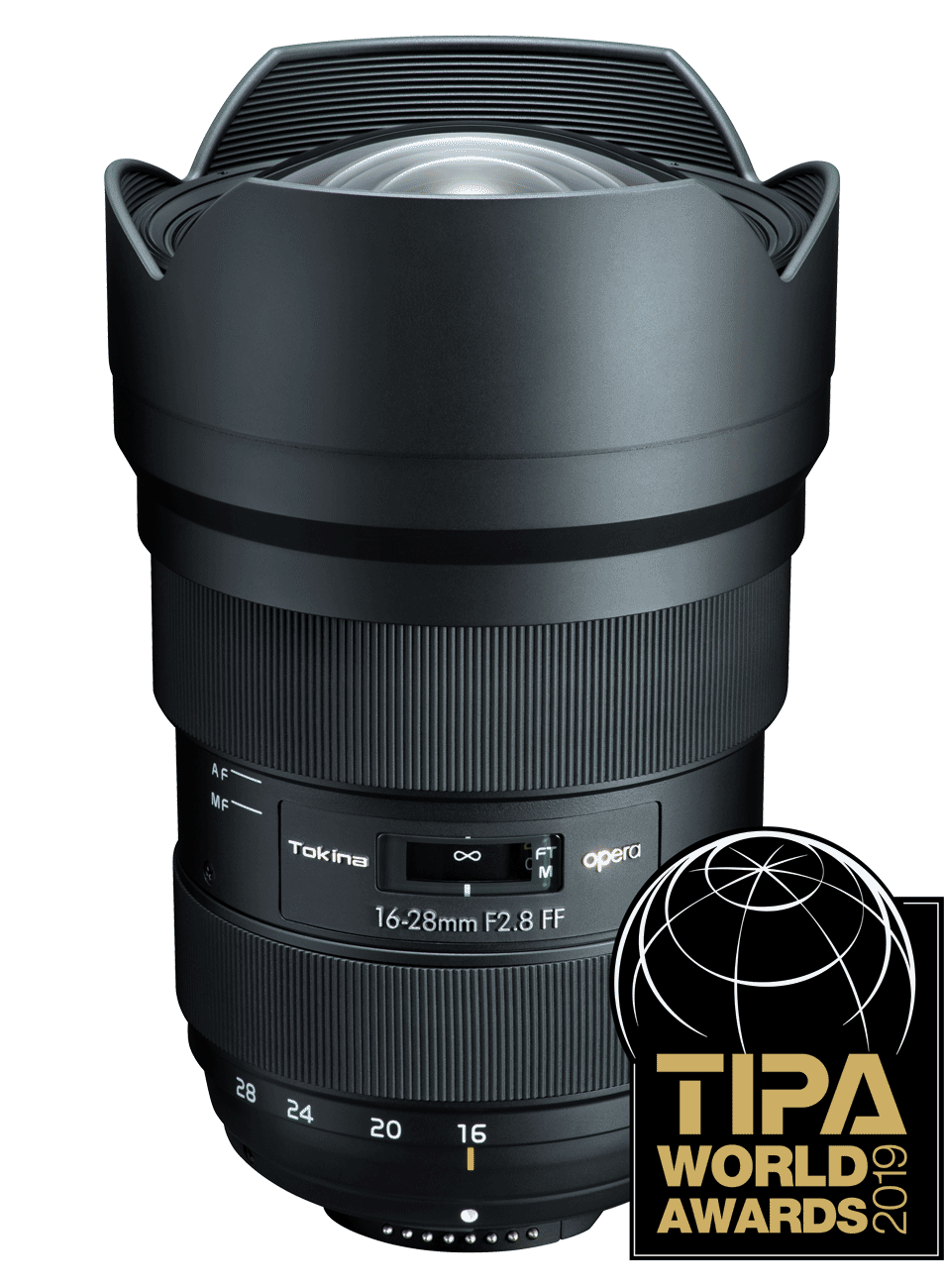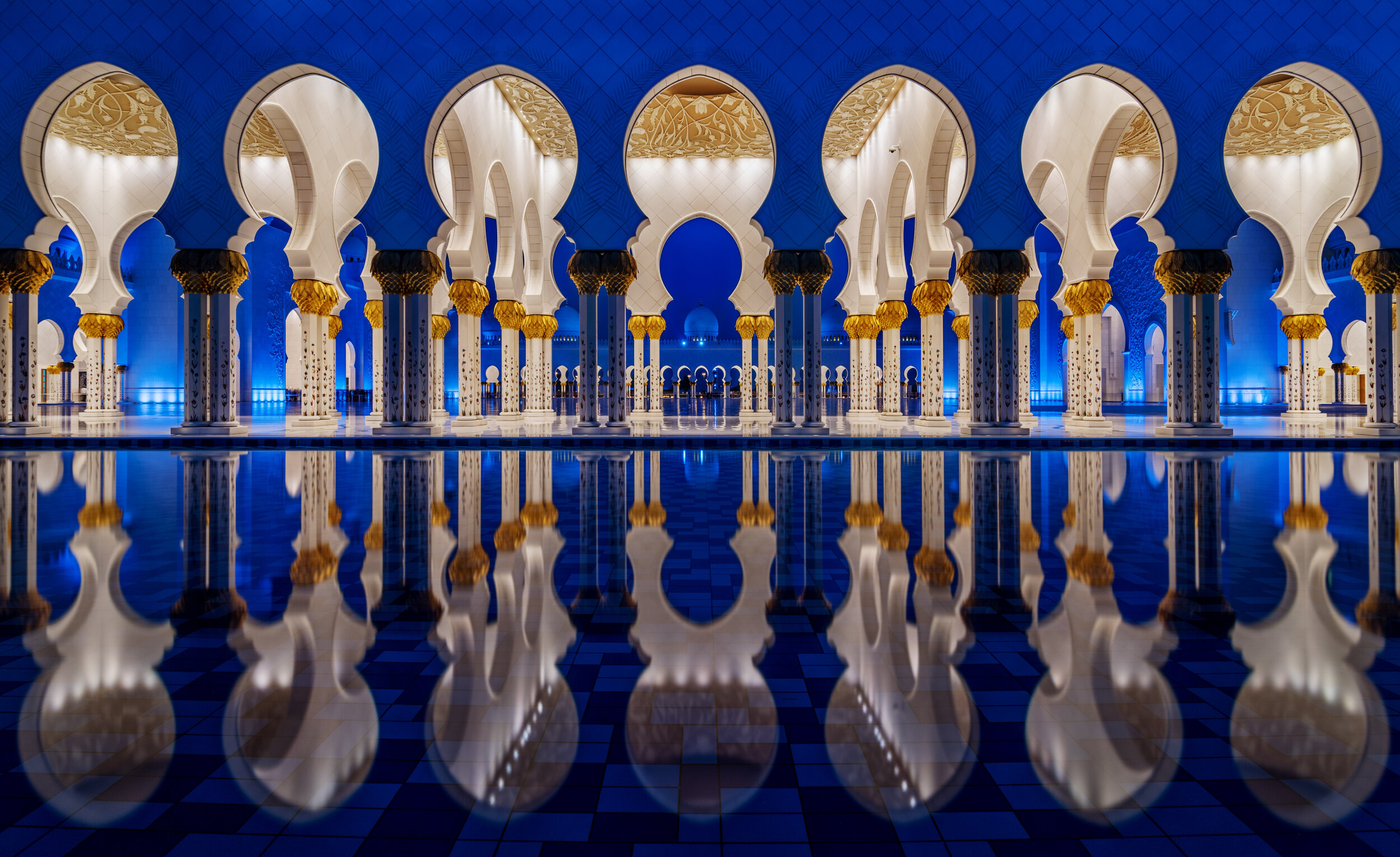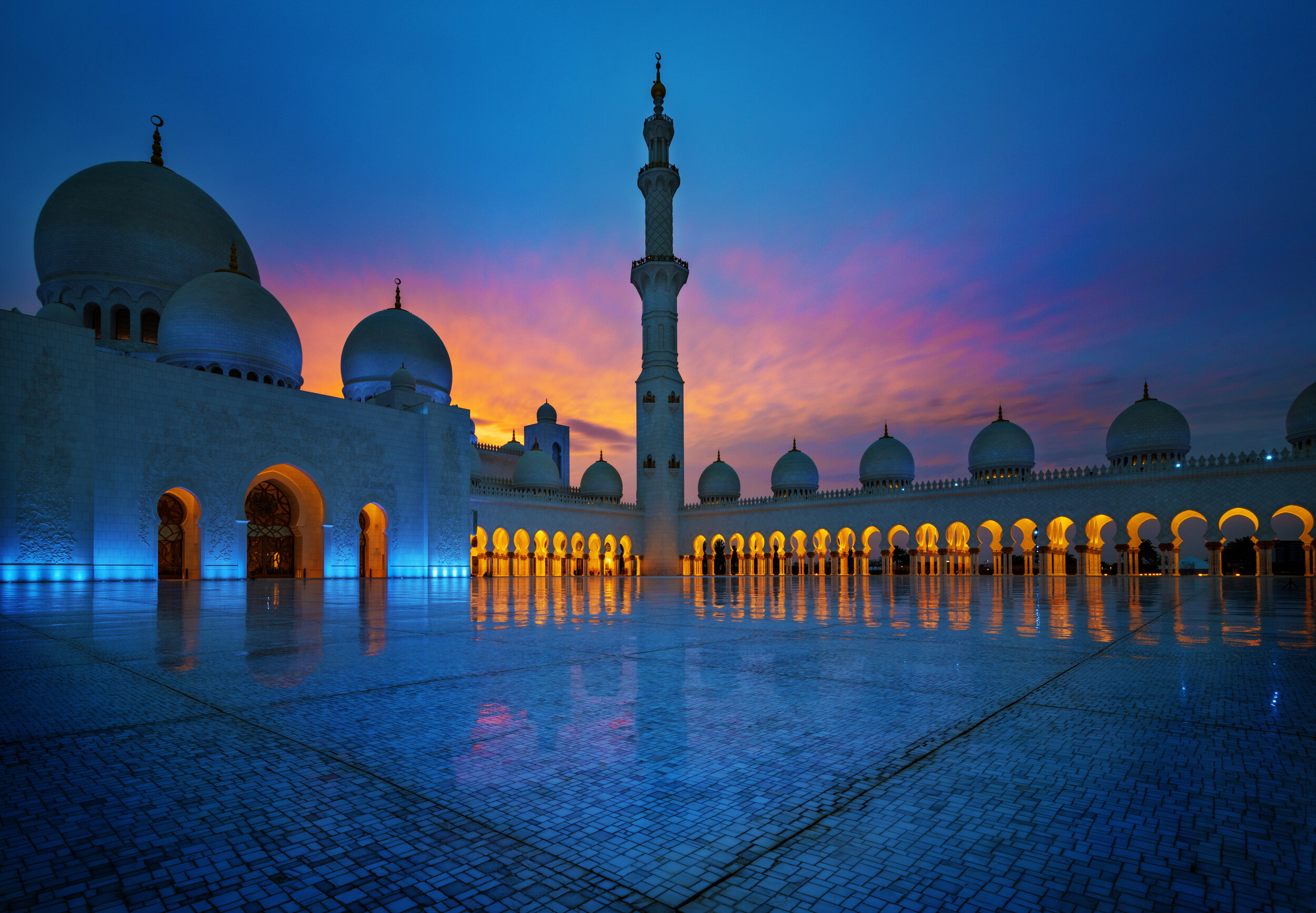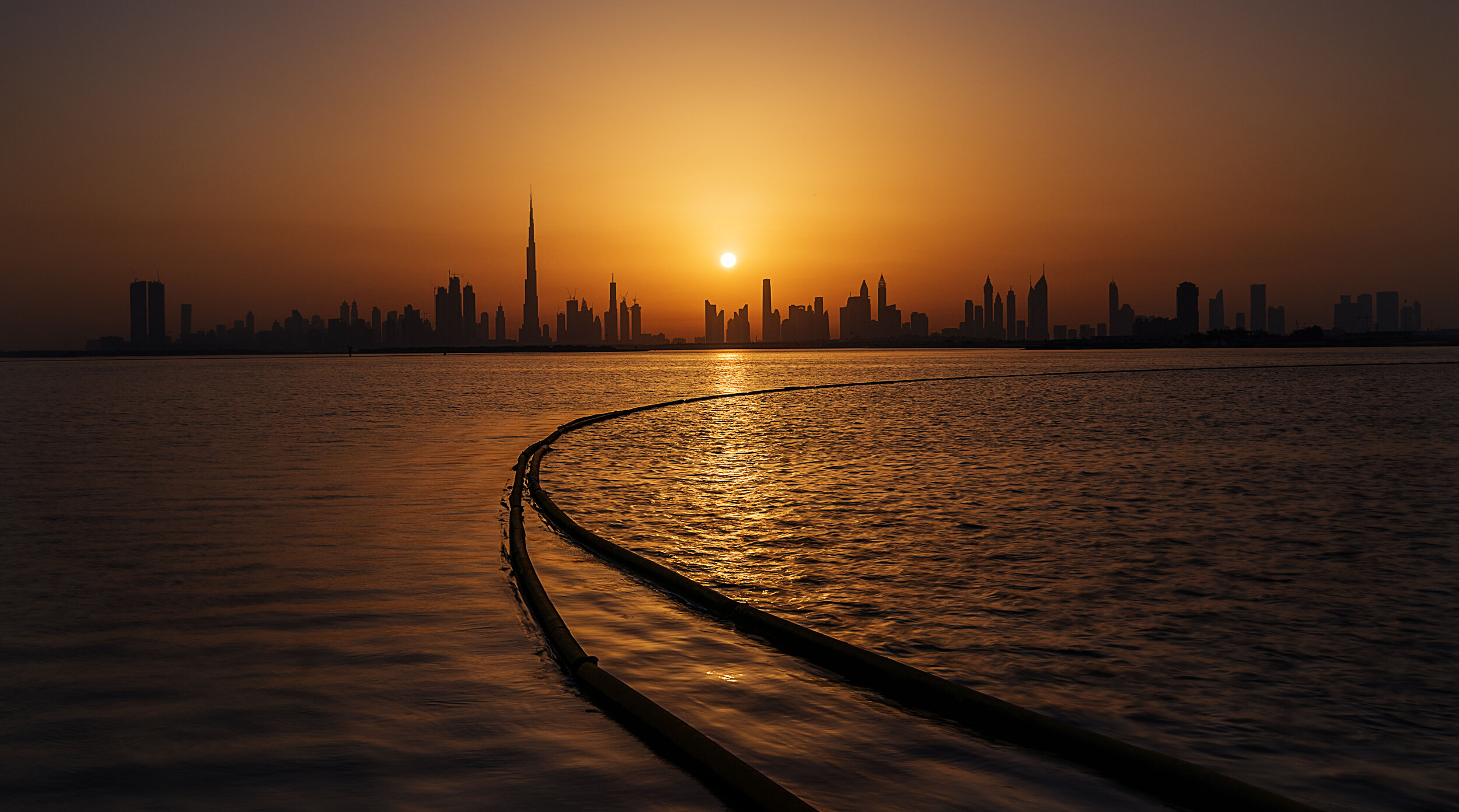Review - Tokina Opera 16-28mm F2.8 FF
In this blog, I will be talking about Tokina’s Opera 16-28mm F2.8 FF lens. I am using this lens for the last 2 years and have captured hundreds of photographs with it. I also owned the earlier version of this lens (AT-X) as well.
The Tokina Opera 16-28mm F2.8 FF, an ultra-wide-angle zoom lens for high resolution full-frame Canon (EF) and Nikon (F) DSLR cameras. The Lens has fast constant maximum aperture of F2.8 throughout its focal length. Built on Tokina’s classic heritage line of AT-X, the lens provides almost every feature in demand for premium high performance DSLR cameras.
The new Tokina opera 16-28mm F2.8 FF incorporates a complex optical design with 15 elements in 13 groups, 3 of which are of aspherical type including large aspherical P-MO element and 3 are glass Low-Dispersion (SD) elements for effective suppression of chromatic and spherical aberrations.
With fast & quiet autofocus, lens has mechanism of switching between AF to MF with a clutch. The lens has minimum focusing distance of approximately 28cm and multilayer coating to reduce lens flare.
Internal focus (AF sensor)
Multi coating
15 glass elements
Low depression glass
Focus clutch AF-MF
learn why Tokina Opera 16-28mm F2.8mm is the best third party lens for Canon & Nikon full frame cameras
Depth of field
In landscape photography, first thing you need is depth of field to showcase the scenery. Depth of field comes from the vastness of objects summarised in your photo. From foreground towards the sky, everything from nearest to the farthest should be in focus. I have tested this lens from 16mm to 28mm and this feature is at its best
Sharpness & Contrast
Unless you believe in focus staking (in Lightroom or photoshop), you need to have sharp images with natural contrast. Compare to it’s previous version (AT-X), the new Opera 16-28mm F2.8 provides even better results when it comes to sharpness and contrast. In my experience, lens is very sharp in between F2.8 to F14 and slight diffraction can be seen close to F22 but same diffraction is even lower when your camera is mounted at tripod and you are capturing long exposure.
“Let me add something interesting, when you are a landscape photographer, magical moments are one of those things which you are looking for on a daily basis. Some stormy weather, cities covered in fog or lighting bolts in the sky. You capture those images and come back home very happy to start editing your photos. What if the results you open in the Photoshop/Lightroom doesn’t provide the details, you are terribly disappointed”
Look at the below images and see how often I was disappointed using Tokina Opera/AT-X 16-28mm F2.8 lens.
I have compared results with Nikon 14-24mm F2.8 and honestly I don’t see a reason why I have to pay double for similar results.
Buy Photo Prints
〰️
Buy Photo Prints 〰️
Built Quality & Focus
The new Tokina opera 16-28mm F2.8 FF incorporates a complex optical design with 15 elements in 13 groups, 3 of which are of aspherical type including large aspherical P-MO element and 3 are glass Low-Dispersion (SD) elements for effective suppression of chromatic and spherical aberrations.
Built quality is excellent and weigh around 940gm. Outer shell is of plastic mounted on metal with high grade glass for high quality images.
With fast & quiet autofocus through AF sensor, lens has mechanism of switching between AF to MF with a clutch (works very well) which makes even ideal for video recording. The lens has minimum focusing distance of approximately 28cm and multilayer coating to reduce lens flare. Along with internal DC motor and Silent Drive module (to compete in the market), the lens is a very good performer in hunting the subject.
Focal range (16mm to 28mm)
If you are not a fan of panoramas than you need to have an ultra wide angle lens in your bag. Problem with ultra wide angle lenses are lens distortion and chromatic abrasion, both can be fixed in the post processing. But the beautiful part is when you are able to capture the whole scenery in one shot.
You will notice chromatic abrasion but its very minimal and can be fixed with one click in the post processing. What I like is centre focusing and sharpness of this lens when it comes to wide angel shots. Without telling manually your camera where to focus, the lens will automatically drive the focus on the subject and will align the depth of field.
Long Exposures & ease of use
You are a landscape photographer and you don’t take long exposures, I don’t believe. Being one of the most essential and desired functions of our cameras, photographers usually test their cameras and lenses at this parameter. Undoubtedly, I have taken hundreds of long exposures and most of them are from this lens and it wouldn’t be wring if I say that I am completely satisfied.
For me, satisfaction comes from two main things. First the ease of using my gear and second the results it is providing. Considering the weight of 940gm, the lens works pretty well and quite balanced when it is mounted on the tripod but I do struggle with one thing and that’s the filters kit. Almost all wide angel lenses requires external ND filters kit to be attached on the front element of the lens and for this lens, you actually need a separate adapter (metal) ring and a holder for the filters, which isn’t adding too much weight but it will occupy space in your camera bag.
But if you are still comfortable carrying all this (like me), the results will be astonishing.
Summary
Superb built quality & priced almost half compare to its competitor (Sigma, Tamron and Nikon)
Smooth and fast autofocus with AF-sensor & AF-MF clutch
15 glass element with low dispersion glass elements
Provides great image quality with incredible depth of field
Deserves a permanent place in a landscape photographer’s bag
Excellent focal range
But
Only available for Nikon F and Canon EF cameras
Box doesn’t have a pouch
Requires a separate ND filter kit (mount & holder) which will occupy space in your bag






